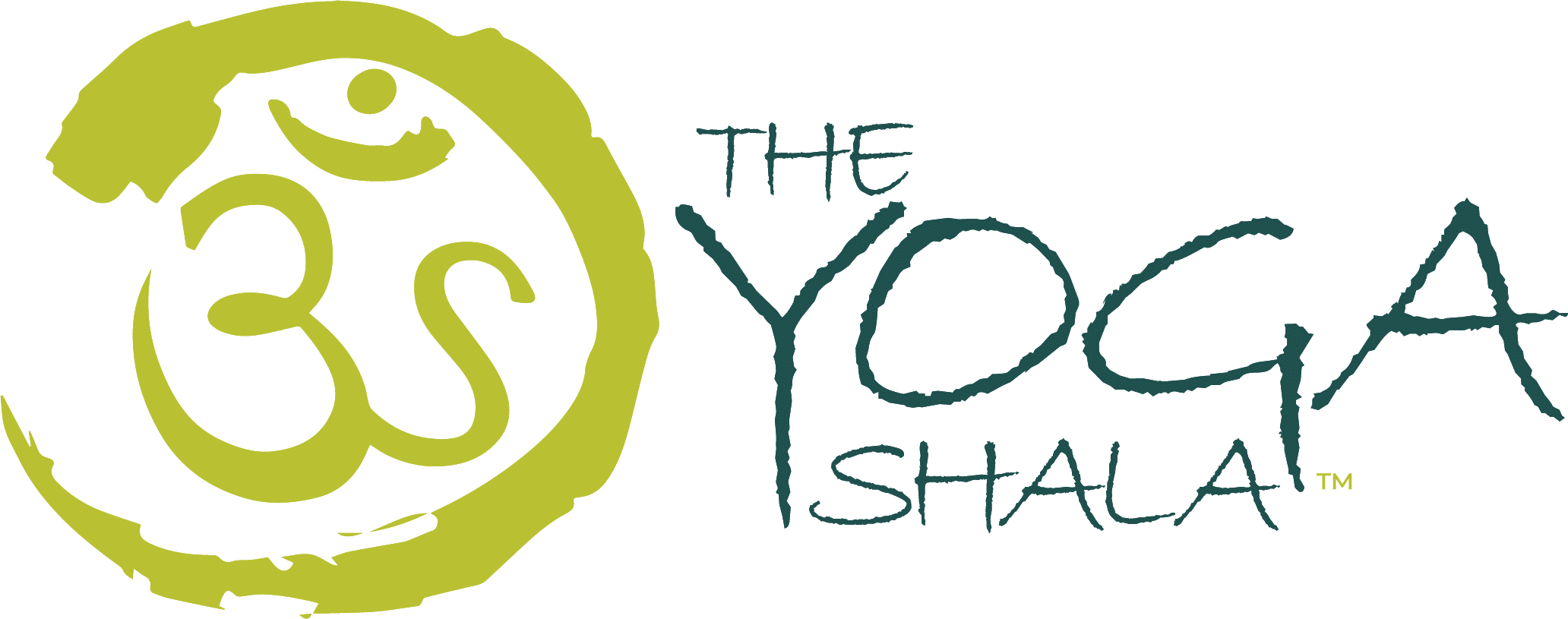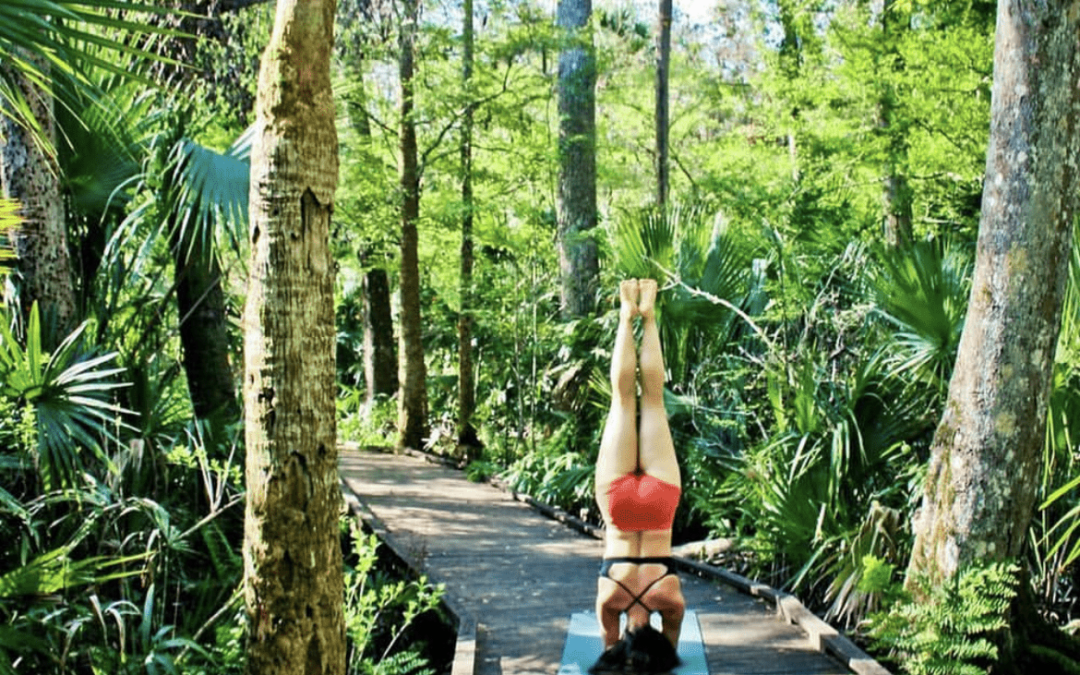Along the eight-fold path of Ashtanga yoga is the third limb, asana. When translated from Sanskrit into English, asana means “posture”. We all typically begin on this third limb before we really breakdown and understand the first two limbs, Yamas & Niyamas. It is through asana practice that we really begin to explore the mind-body connection. As we breath and flow from posture to posture on our mat, what is our mind doing? When we marinate in an asana for five deep breaths, are we truly mentally and emotionally present? A fantastic posture to really answer these inquiries is Sirsasana A, headstand posture. To balance in this posture takes a great deal of focus, presence and engagement from head to toe, or rather from “toe to head”. Let us dive deeper into understanding the dynamics of “the king of asanas”.
In Ashtanga yoga, we take position for headstand following a chaturanga after our backbends and counter pose, forward fold. From downdog, we bring our knees to the mat and begin to find our prep with our hands, arms and head. Before we bring our head to the mat, we want to to find a supportive distance between our elbows. Come down to your forearms and grab opposite elbow. This is the standard distance we want our elbows to be apart. If you have a longer neck then we bring the elbow closer together.
Next, interlace the fingers out in front of you and close the palms. Place the crown of the head on the mat and snuggle the head against your closed palms. Curl the toads under, lift the knees and walk the feet as close to your face as you can. Make sure to be squeezing your chest and back, drawing the shoulder blades away from the ears and pressing firmly through the forearms and palms. Once your hips are stacked over your shoulders, engage mula and uddiyana bandha, and begin to lift the feet off the mat. If your feet don’t lift, stay here for five to ten breaths building strength and flexibility.
Once lifted, point the toes as you engage your chest, back and abs. Allow the breath and full engagement of the body to continue to lift the legs until they are stacked evenly over the hips and shoulders. When you find balance and stability, strive to stay vertical for 15-20 breaths with your gaze between your brows. Slowly lower down with your legs together and take balasana, child’s pose.
Sirsasana A is a complex pose and should be practiced under supervision of a qualified instructor. There are various ways to enter the pose and many helpful tips and hints to understand the proper engagement to successfully achieve the full expression of Sirsasana A. The benefits are numerous and worth the journey and patience to finding balance upside down.
The light in me sees & loves the light in you!
Namaste,
Kaitlyn Romei

